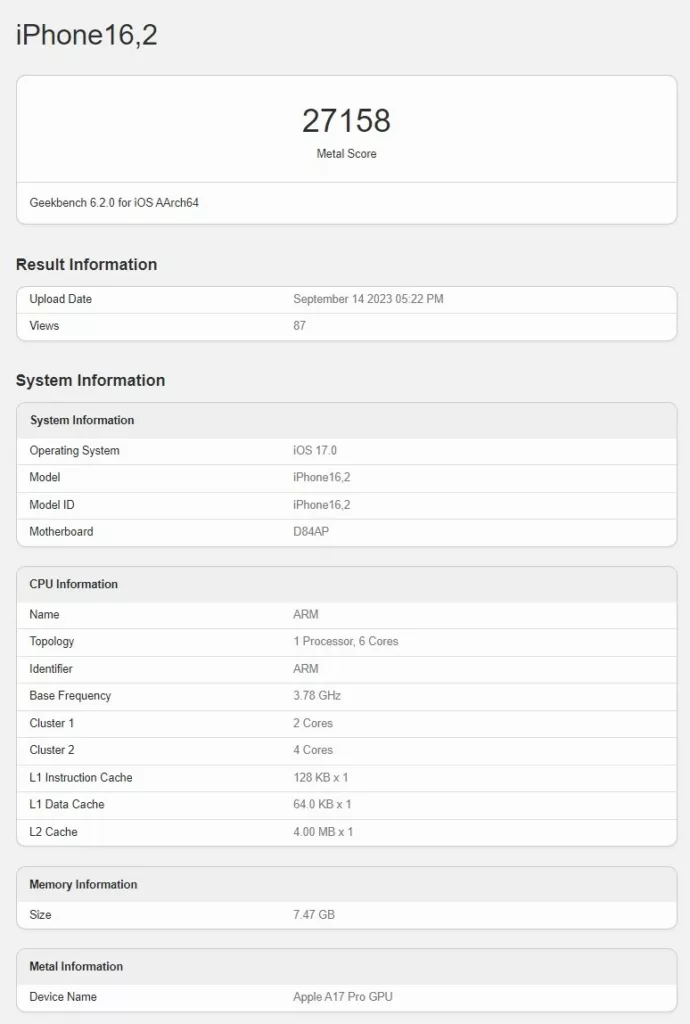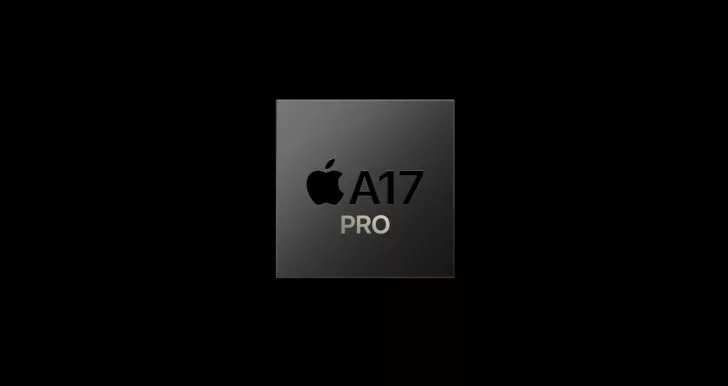The iPhone 15 series was just revealed by Apple at the Wonderlust event. While the new models drew attention with their features and Pro-ness, the iPhone 15 Pro and iPhone 15 Pro Max, as they did last year, stood out for their performance over normal models thanks to the A17 Pro processor. That’s what Apple intended us to believe. However, several experiments revealed the opposite. According to rumours, the A17 Pro is just marginally quicker than the A16 Bionic, with a 10% boost in single-core performance.
The A17 Pro has a single-core score of 2914, which is just 10% higher than the A16 Bionic’s score of 2655, according to Geekbench.

The multi-core score is likewise just somewhat higher, with 7199 versus 6952 for the A16 Bionic. These findings are somewhat surprising, given that Apple previously stated that the A17 Pro will be up to 20% faster than the A16 Bionic. However, Apple could have been talking to GPU performance, which is actually 20% quicker.
However, given the basic differences between the two processors, this is to be expected. The A17 Pro, for example, has a 6-core GPU against the A16 Bionic’s 5-core GPU. The new CPU is also more power-efficient than the A16 Bionic, which may result in longer battery life.
It’s also worth mentioning that the A17 Pro is still a relatively young chip, and it’s feasible that it will improve with software upgrades over time. So it’s too early to tell whether the A17 Pro will be a disappointment. Furthermore, the A17 Pro features a new neural engine that is twice as fast as the previous generation and enables hardware-accelerated ray tracing. This could improve gaming and augmented reality applications on the iPhone 15 Pro and iPhone 15 Pro Max.
Also Read:








